Optimal Timing for Asphalt Patchings
Proper timing for asphalt patchings ensures optimal adhesion and durability. Weather conditions, temperature, and humidity significantly influence the effectiveness of patching projects. Selecting the right season can extend the lifespan of repairs and reduce the need for frequent maintenance.
Spring offers moderate temperatures ideal for asphalt patchings, with less risk of extreme cold or heat affecting the material's setting process.
Summer provides warm conditions that facilitate proper curing, but excessive heat and humidity can cause issues like softening or improper bonding.
Fall's cooler temperatures help prevent asphalt from softening too quickly, making it suitable for patching before winter.
Cold temperatures and moisture can hinder asphalt patching, leading to poor adhesion and potential cracking.
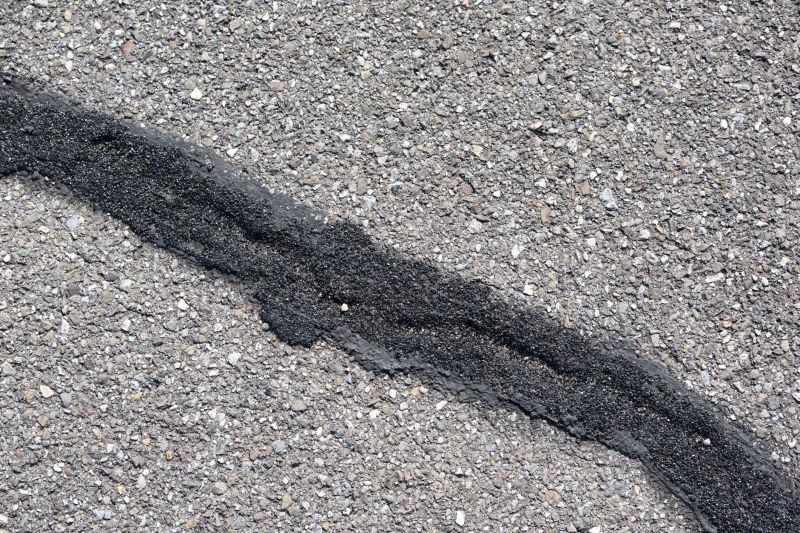
Ways to make Asphalt Patchings work in tight or awkward layouts.

Popular materials for Asphalt Patchings and why they hold up over time.
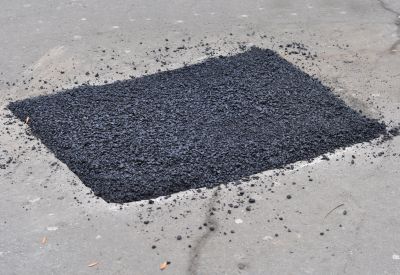
Simple add-ons that improve Asphalt Patchings without blowing the budget.

High-end options that actually feel worth it for Asphalt Patchings.
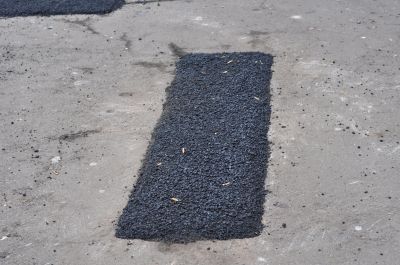
Finishes and colors that play nicely with Asphalt Patchings.
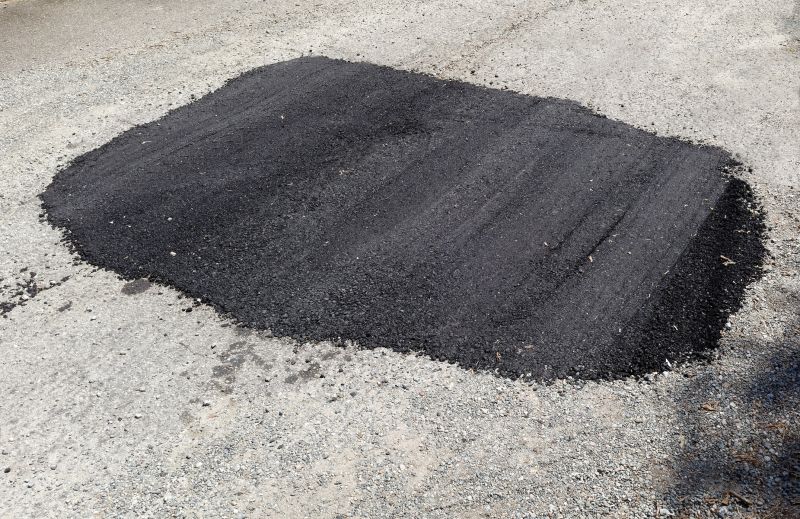
Little measurements that prevent headaches on Asphalt Patchings day.
Asphalt patchings are a critical component in maintaining the integrity of pavements. They are used to fill cracks, potholes, and damaged areas, preventing further deterioration. Proper application during suitable weather conditions enhances adhesion and longevity, reducing long-term repair costs. The process involves cleaning the damaged area, applying the hot or cold asphalt mix, and compacting it to ensure a smooth surface.
Statistics show that timely asphalt patching can extend pavement life by several years, saving costs associated with complete resurfacing. Seasonal considerations are vital; for example, winter patching can lead to premature failure if done improperly, while spring and fall provide ideal conditions for durable repairs.
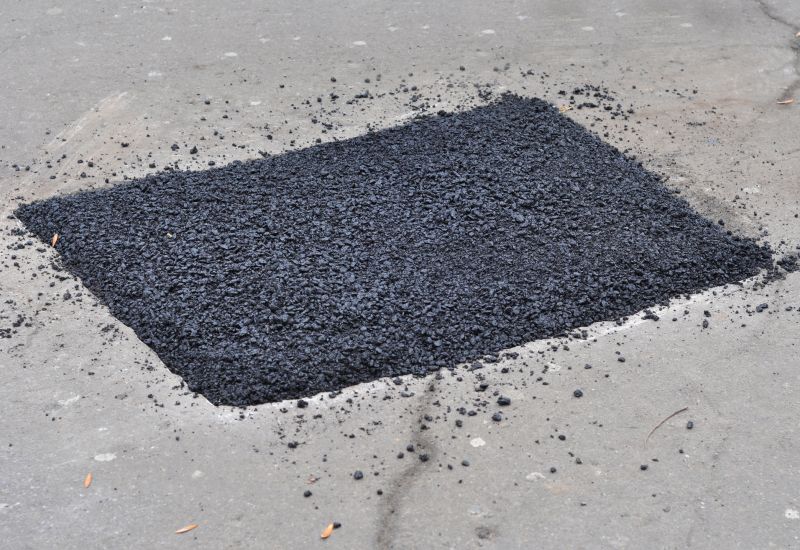
A 60-second routine that keeps Asphalt Patchings looking new.

A frequent mistake in Asphalt Patchings and how to dodge it.
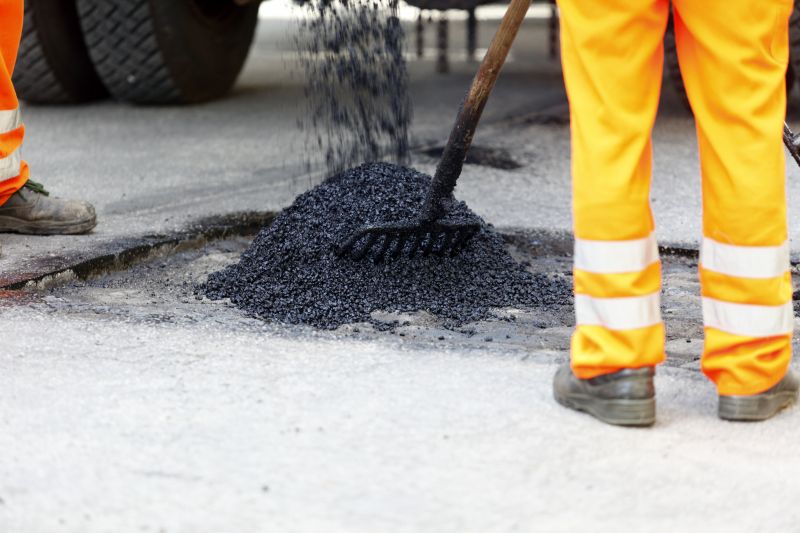
Small tweaks to make Asphalt Patchings safer and easier to use.

Lower-waste or water-saving choices for Asphalt Patchings.

The short, realistic tool list for quality Asphalt Patchings.
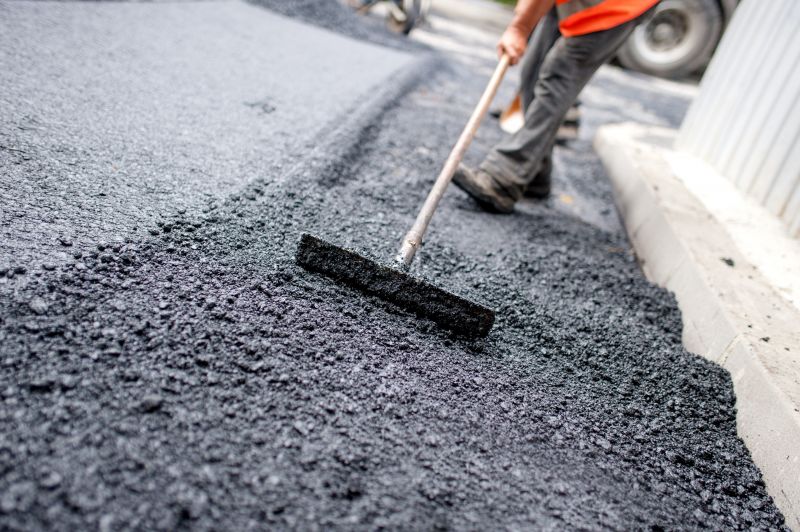
Rough timing from prep to clean-up for Asphalt Patchings.

Quick checks and paperwork to keep after Asphalt Patchings.

Examples that show the impact a good Asphalt Patchings can make.
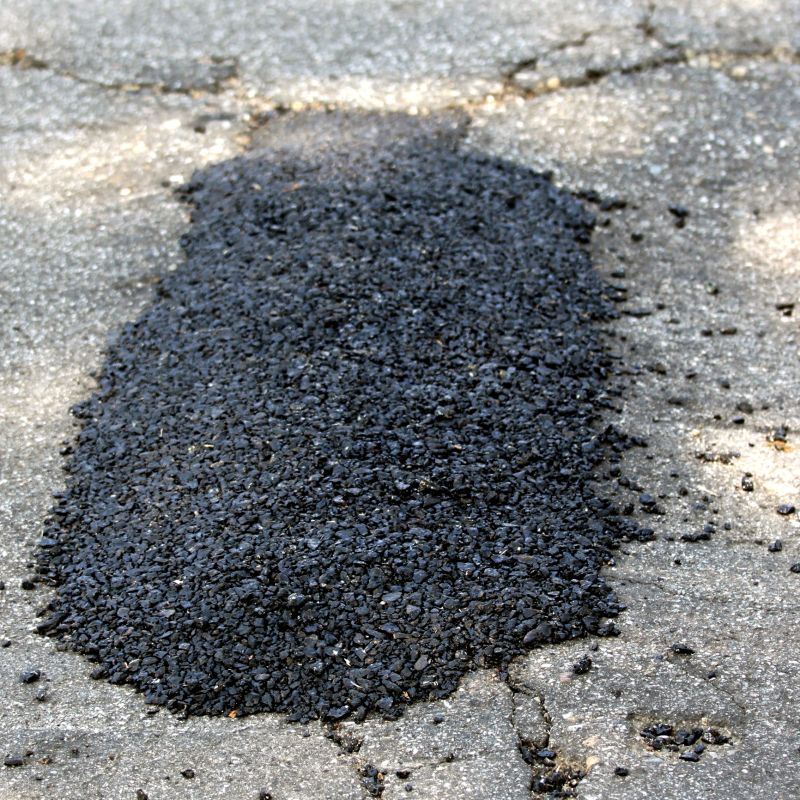
Ways to make Asphalt Patchings work in tight or awkward layouts.

Ways to make Asphalt Patchings work in tight or awkward layouts.

Ways to make Asphalt Patchings work in tight or awkward layouts.

Ways to make Asphalt Patchings work in tight or awkward layouts.
| Season | Recommended Conditions |
|---|---|
| Spring | Moderate temperatures, dry weather |
| Summer | Warm temperatures, low humidity |
| Fall | Cooler temperatures, dry conditions |
| Winter | Cold temperatures, moisture risk |
| Ideal Range | 50°F to 85°F, dry weather |
Choosing the appropriate time for asphalt patchings is essential for achieving durable and long-lasting repairs. Weather forecasts should be monitored to avoid rain and extreme temperatures. Proper planning and execution during optimal conditions can significantly improve the performance of asphalt patchings.
Interested in asphalt patching services? Filling out the contact form can provide more information and help schedule repairs at the most suitable time for pavement longevity.
